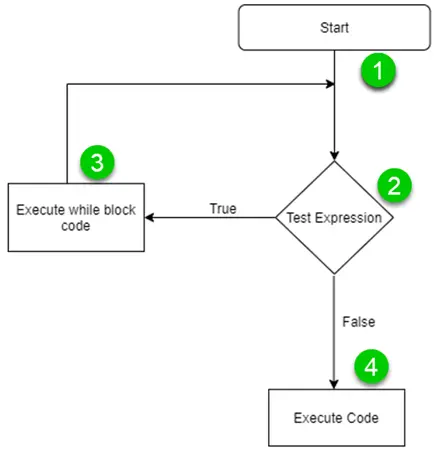The Java vs. JavaScript Dilemma Demystified
In the domain of programming languages, a peculiar pair often confuses the uninitiated and the seasoned developers alike. This duo, reminiscent of a ‘which came first, the chicken or the egg?’ conundrum, is none other than Java and JavaScript. Both languages are bedrocks in their respective niches within the tech industry, but their differences are as stark as their similarities are tenuous. This comprehensive breakdown aims to clarify each language’s unique identity and set the record straight on their frequent mix-up.

Understanding Java
Java, a class-based, object-oriented programming language, is most renowned for its “write once, run anywhere” mantra. It was created by James Gosling at Sun Microsystems and officially released in 1995. Java’s primary virtues have always hinged on its robustness, versatility, portability, and security features.
The Origins
Originally conceived for portable computing, Java was designed to work in a networked environment. Its creation was spurred on by the needs of the growing computing community to have a platform-independent language at the dawn of the internet.
Key Features
The language is distinguished by its clear syntax, its ‘garbage collection’ feature to manage memory, the use of ‘JVM’ (Java Virtual Machine) to execute code, and a rich set of APIs (Application Programming Interfaces) that offer vast tools and libraries for developers.
Primary Uses
From enterprise applications to Android mobile app development, Java remains a staple in the industry. The language’s multi-platform compatibility, backward compatibility, and structured approach to software design are especially prized in large-scale, long-term projects.
Exploring JavaScript
JavaScript, on the other hand, is a lightweight, interpreted programming language known for its use in web development. Contrary to Java, JavaScript (often abbreviated as JS) was created by Brendan Eich in just 10 days for Netscape Communications’ web browser, which was later released in 1995.
The Origins
JavaScript was initially developed under the name ‘Mocha’ as a means to make web pages more interactive. Unlike Java, JavaScript was rooted in a programming need specific to the web.
Key Features
JavaScript allows for dynamic content, changes to HTML and CSS, and is now widely used in front-end web development. Its asynchronous capabilities make it the go-to tool for enhancing user interaction and web page real-time updates without page reloads.
Primary Uses
Today, JavaScript is not just for web browsers. With the introduction of Node.js, JavaScript found its way into server-side development, offering a full-stack capability, further expanding its domain into cross-platform desktop applications.
The Key Differences
Syntax Style:
- Java has a C-based syntax with classes and objects as the focal point of its structuring, whereas JavaScript has a more C++-like syntax, and is known for its prototype-based object-orientation.
Platform:
- Java applications run on JVM, whereas JavaScript frameworks run on a browser’s JavaScript engines.

Usage Scenarios:
- Java is well-established in Android development, enterprise back-end systems, and scientific applications. JavaScript is predominantly used for web development, but it’s now extending into IoT devices and server-side runtime environments.
Special Focus:
- Java emphasizes safety and high performance. It includes critical features like static typing and strong checking.
- JavaScript, as a dynamically typed language, promotes flexibility and speed in development by allowing more contextual power to variables.
Real-World Applications
Java Exclusives:
- The Android platform is a prime example of Java’s influence, fueling millions of Android applications due to its excellent handling of diverse hardware and high-level system services.
JavaScript Pioneers:
- In the web realm, JavaScript powers the vast majority of dynamic content and is the backbone for popular frameworks like React, Angular, and Vue, which enable the creation of immersive web experiences.
Future Outlook
Java continues to evolve with the advent of modular programming practices in Java 9 and the emphasis on cloud-based applications. Its strong history and architecture make it a robust choice for secure and scalable infrastructure.
JavaScript’s trajectory is even more meteoric, with innovations in both the language and runtime environments. The immense growth of the ecosystem with tools and libraries like npm, Babel, and Webpack showcase a vibrant community that is likely to keep JavaScript at the helm of web technology for the foreseeable future.
The Java vs. JavaScript dilemma requires a nuanced perspective; both languages have distinct domains they excel in, and both are invaluable to the digital framework that we rely on daily. Whether it’s robust back-end services or interactive front-end experiences, understanding these languages’ strengths and differences is crucial for aspiring developers and industry veterans alike.







